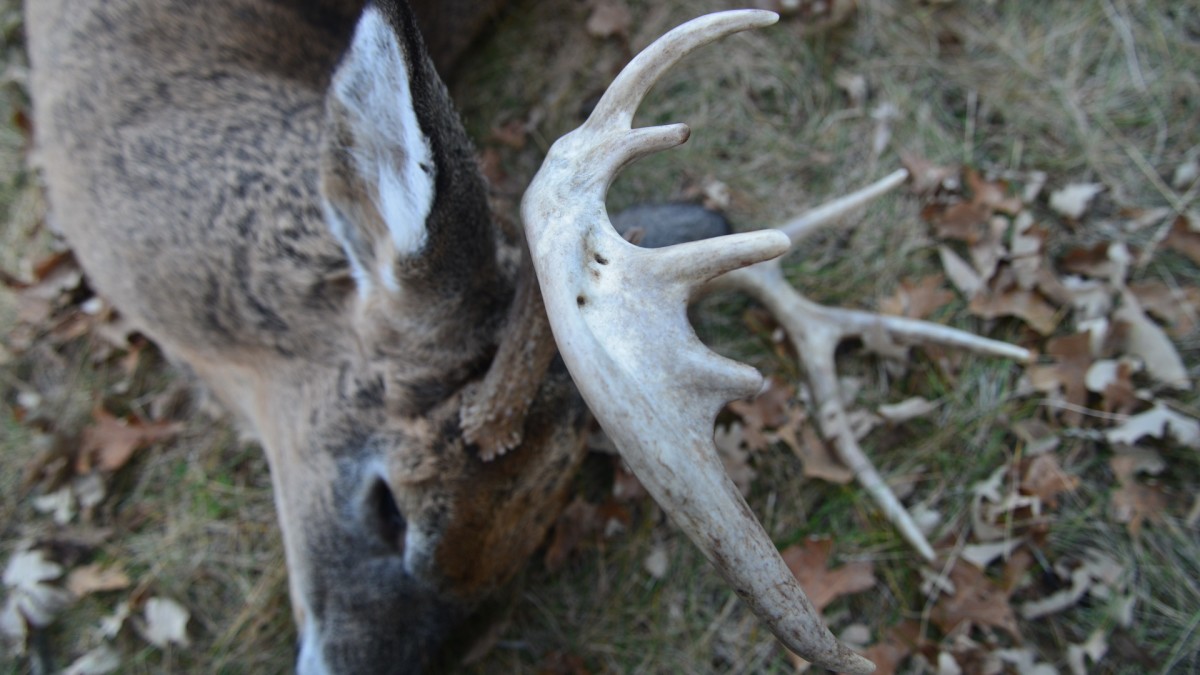
The term “cull buck” used to be pretty common in deer hunting circles. Two types of hunters used it the most. In the first group, we had the aspiring land managers who truly believed that they could influence antler size by removing inferior bucks from the breeding pool. In the second camp, we had folks who wanted to avoid the perceived shame of shooting small bucks.
This was a hot topic back in the 1990s, which led quite a few legitimate deer researchers to take a deep dive into the effectiveness of culling wild herds.
Several studies in Texas, including a comprehensive effort at the famous King Ranch, all yielded surprisingly consistent results. Even after aggressive efforts to take every buck deemed inferior in the headgear department off the landscape to allow the largest antlered bucks to mature and breed, nature had other plans. It didn’t work, and the controlled, similar-sized areas of those ranches proved it.
Another study, conducted at the Faith Ranch in Texas in 2007, took it a step further. Instead of working solely with free-range whitetails, researchers sequestered does into five-acre pens with two lucky, huge breeder bucks (the largest measuring in the 220s as a nontypical).
After a decade and a half of this, the deer that were given the high-fence breeding boost averaged about seven inches more antler growth in mature bucks compared to the control group. That’s a lot of effort for something that, at best, might change a mature buck’s gross score by three or four percent. Lindsey Thomas Jr. wrote an excellent recap of this study for the National Deer Association, which you can check out here.
Mother Nature Mostly Always Wins
It’s not totally uncommon to hear someone mention a cull buck to this day. This lingering myth that just won’t quite die plays well into the idea that we are in control of deer herds. The top power couples and TV personalities out there in the whitetail space push this message, and it sure looks like it works.
After all, what else could be the reason for some folks to be able to kill multiple 180- to 200-class bucks in their lives on any given property? The answer, it seems, is not to work against Mother Nature to try to produce the kind of deer she doesn’t want on the landscape but to work with her.
The best properties out there share many similarities. Quality soil is a big one, and so is the quality and diversity of habitat. Predator management, both four-legged and two-legged, also does wonders for fawn recruitment and the survivability of potential target bucks.
Food plots, supplemental feeding, and babysitting the herd to produce as many deer as possible (and keeping them around) are the final act. The more deer you can have around, the more bucks you’ll have that might contain the right genetics to produce heavyweight racks.
Bad Gene Regions
Growing up in Minnesota, I often heard about the Northwoods bucks and how they just didn’t get as big as the deer in the southern part of the state. I also saw enough stories in magazines to realize that the Northwoods didn’t have nearly as high of a population as other places, but it wasn’t devoid of giants.
Antler growth exists on a bell curve, which means the mature bucks with dinky racks and the ones with giant racks are rare. Most bucks fall in the middle, and that’s true whether they live in the swamps surrounded by timber wolves, or they grow up in the heart of the best ag land in middle America.
The primary driver of big antlers is habitat and the quality of groceries. Where both exist, bigger deer are more likely not only because they’ll have an environment boost, but because there are usually more deer to choose from.
If you’re thinking that’s just not the case in your area, you’re probably wrong. Big racks and the deer that grow them exist in almost every region that whitetails call home. It’s more a question of how many will get to live long enough to realize their genetic potential.
While hunting pressure, predation, disease, nasty winters, and other factors can conspire against most bucks ever reaching their top end, the good news is that it’s possible even in the most unlikely regions. We see this every year in every state. Better yet, for this to happen, there’s no need to try to cull your way to curated bloodlines full of Booner potential.
Mother Nature won’t allow it. Instead, enjoy your hunt knowing that there are always a few outsized giants in the woods, and one of them might just walk right by your stand this fall.
For more information on deer biology, check out these articles: Does Hunting Make Animals Evolve Smaller Antlers And Horns?, Deer Trounce Wolves In Northern Wisconsin Trail Cam Survey, and What You Need To Know About Whitetail Buck Glands.





